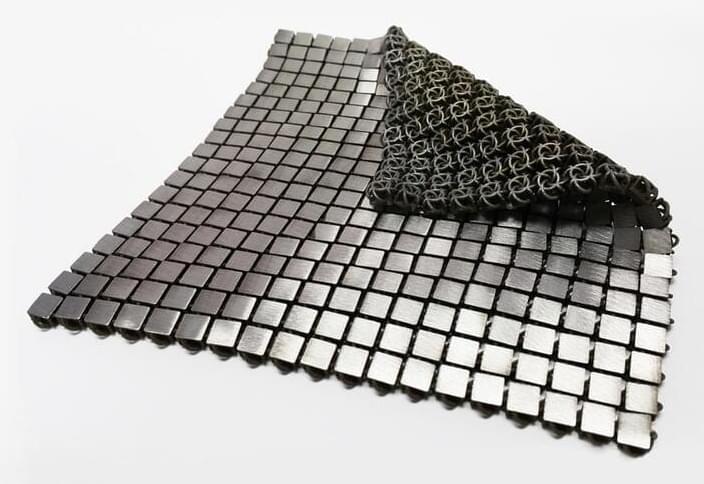Year 2021
The new composite glass could be shatter-resistant.
Year 2021
The new composite glass could be shatter-resistant.
In this keynote and Q&A, Yuval Noah Harari summarizes and speculates on ‘AI and the future of humanity’.
There are a number of questions related to this discussion, including:
In what ways will AI affect how we shape culture?
What threat is posed to humanity when AI masters human intimacy?


According to RollingStone, and other news outlets, a group of students at Texas A&M University-Commerce’s graduations is in question after being accused of using ChatGPT for their essays.
A Texas A&M University-Commerce professor has taken drastic action to fail all his students after suspecting them of using ChatGPT to write their papers. This decision has now delayed them from passing their diplomas. According to RollingStone, the professor, Dr. Jard Mumm, the decision appears flawed as he used the natural language processing software to analyze each essay and judge whether it generated it.
Glegorly/iStock.
“I copy and paste your responses in [ChatGPT], and [it] will tell me if the program generated the content,” the professor wrote in the email. He went on to say that he had tested each paper twice. Dr. Mumm then went on to offer the class a makeup assignment to avoid the failing grade — which could otherwise, in theory, threaten their graduation status.

Log in to Facebook to start sharing and connecting with your friends, family and people you know.
and future products will look more appetizing and taste better.
Watch these 3D-printed foods gradually change from a mess to cheesecake.
After eight tries, a team of mechanical engineers from Columbia University successfully 3D printed a cooked slice of cheesecake from seven ingredients.
Soon, tech will let parents chose their children’s genes — making kids smarter, healthier, even better-looking. Critics worry that’ll cause more inequality.
It might—in the short run, but it’s worth it! That’s because of the amazing benefits, says ethics professor Jason Brennan:

Human thoughts 💭 about knowledge building, concluding and AI
Knowledge limits scope, filters data and concludes. The conclusion by its very nature limits or even omits new knowledge.
What happens if we add AI?
Programming limits scope, filters data and concludes fast. Maybe too fast. Not all decisions need to be taken on the spot.
Interesting to note that both knowledge types belong to the past, which means the entire data set is deficiently incomplete, both human and machine…
So